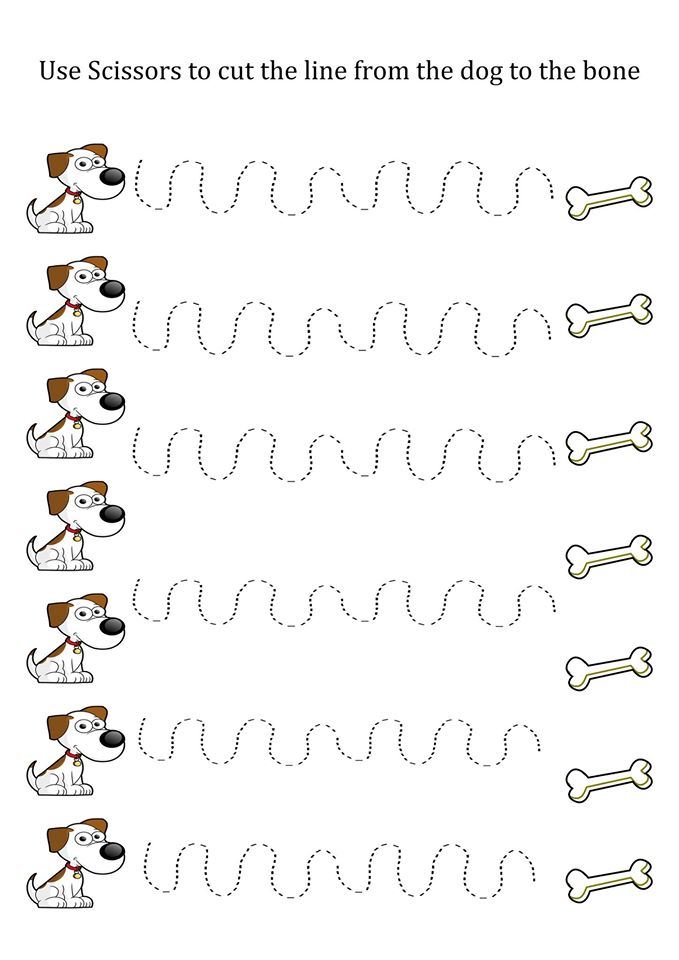The most common mistake parents make when trying to improve child’s writing is forcing them to write more often. While writing practice is always good, children often get annoyed with all the practice. And they end up hating those handwriting practice sessions.
I want to tell all parents something. Your child’s writing can be improved without writing. Yes, really.
Poor handwriting is often a result of weak hand muscles. It’s not the kid’s fault. Everything is at the touch of their hands. They don’t get to use a lot of their hand and finger muscles unless you get them involved in things.
But once their hand muscles develop over time and with practices and activities, their handwriting will improve.
How to Improve Child’s Writing Without Writing
Here are some activities you might want to try to improve child’s writing without writing:
Crumpling Paper
If you have a lot of paper left from all the drawing and the handwriting practices, crumple them up and throw them in the bin. Literally.
Get your child to crumple up the paper. Make it fun by putting a trash can at a distance and ask him to try aiming it in the bin. Turn it into a game. See who gets the most dunks.
Tongs and Tweezers
Put some small toys or objects on a tray. Offer your child a tong or a tweezer, and ask him to transfer them from the tray to another tray.
Just holding the tweezers to complete the action is developing those hand finger muscles.
Scissors and Hole Punches
Many parents aren’t comfortable offering their children scissors or any object that might hurt them. I suggest sitting down with them while they are using scissors and always give them kid scissors.
Again, use discarded paper for this. Get them to cut along lines they already made on the paper. Or punch holes along the borders. Kids love the opportunity of playing with adult things.
I also have some fun printables for this activity in my Summer Activities Ebook. Or you can try this one too:

Playdough
Playdough is my favorite activity for kids. Kids think it is a toy. They can spend hours playing with it. As an occupational therapist, I see so many opportunities with playdough including the opportunity to improve child’s writing without writing.
When your child is rolling, punching and making things out of the playdough, all his hand muscles are being used in the process.
Sensory Baskets
Do you have a big plastic container lying around the house? Fill it with some colored rice, pulses, and flour. Put in some small rocks and add mini-animal toys. Have them play around with this sensory box. Give them those tongs and tweezers.
Physical Activity
Get your child outside and explore the parks and play spaces in the neighborhood. Some things you can encourage your child to try out are:
- Crawling: Notice how the hand is being used when you are crawling. It’s positioned like a claw, and you instinctively try to grasp the floor, even though it might be flat. Just this movement is developing the palm muscles.
- Climbing: When we climb, it is usually the hand muscles that do the most work. And this is what we want happening, putting those hand muscles into work to develop them.
- Sand Play: Bring out the sand toys. Making sandcastles, sculpting objects from wet sand and just using the shovel is putting all kinds of hand muscles into use.
Get Them Involved In Chores
While you are cleaning, cooking, or doing the laundry, you can create opportunities for your child to improve his handwriting:
- Often when I’m washing the dishes, I take out an extra sponge and let my daughter wash the dishes with me. Or at least let her think she’s washing the dishes.
- When you are cooking, you can always find tasks that require your child’s hand muscles to work. This includes mixing, using a rolling pin, pounding, sorting, etc. Think of an age-appropriate task for your child.
- You can also get your child to help you put in and take out the laundry from the dryer. Ask him for help in putting up the clothes.
All these activities are helping your child put this hand muscles in action. And with consistent practice, these muscles develop and strength which later helps them with their handwriting skills.
And when you are ready to introduce writing, I would advise you start with lines and curves. Don’t jump to alphabets and numbers from the very beginning. You can try straight lines, curved lines, circles, etc.
As always, I hope this article will help you build better communication skills in toddlers. If you notice your child struggling and these strategies aren’t helping, I would love to help you determine your child’s individual needs. Please reach out to set up a free consultation. We are here to support you as you help your child blossom!
If you have any ideas on tongue exercises to improve speech articulation, please join us in our FREE Facebook community to be a part of the challenge!
If you enjoyed reading Tongue Exercises For Speech Articulation in Toddlers, you might also enjoy reading:
5 Ways to Support Pre-Writing Skills at Home
9 Activities to Develop Pincer Strength In Kids
